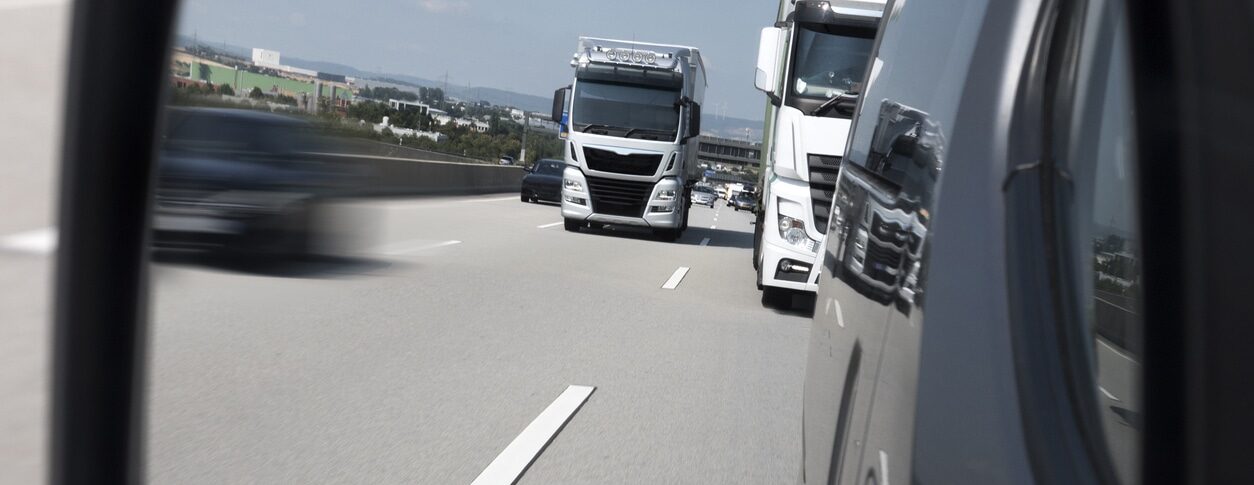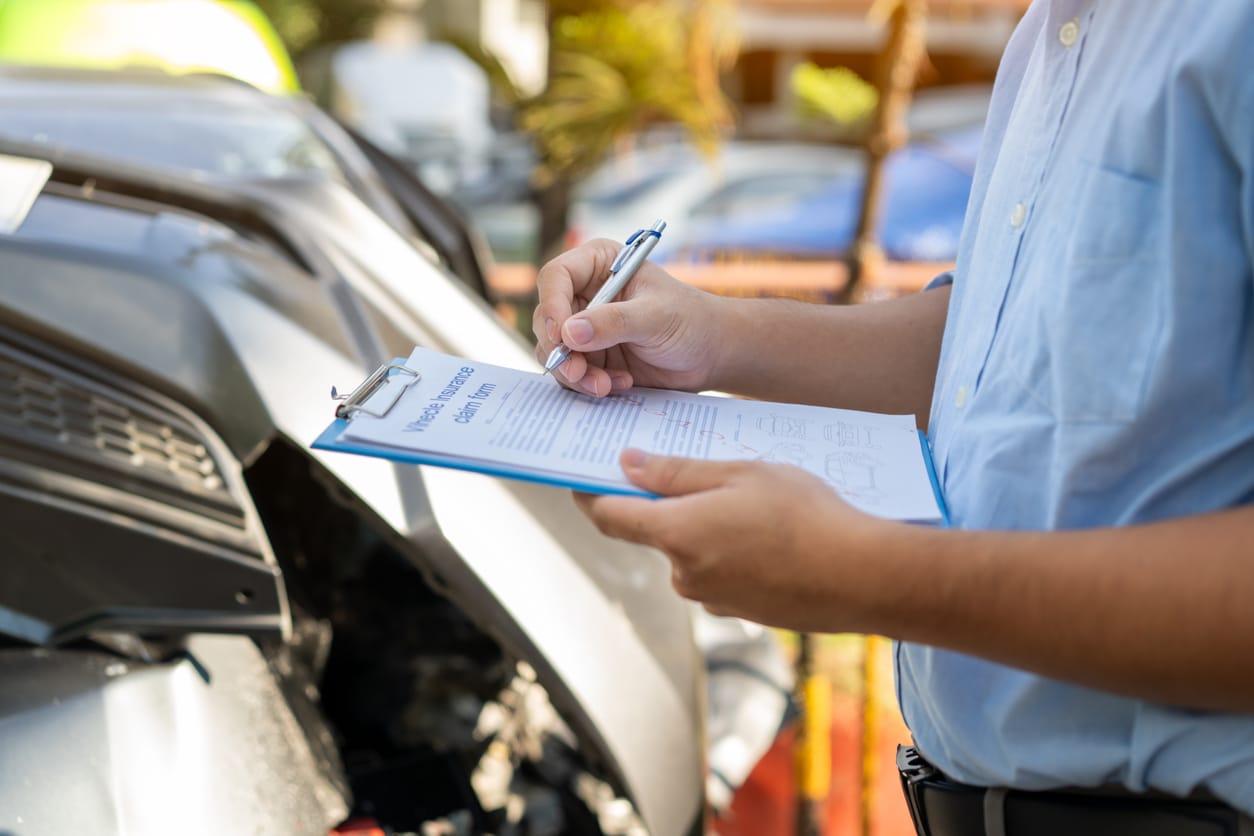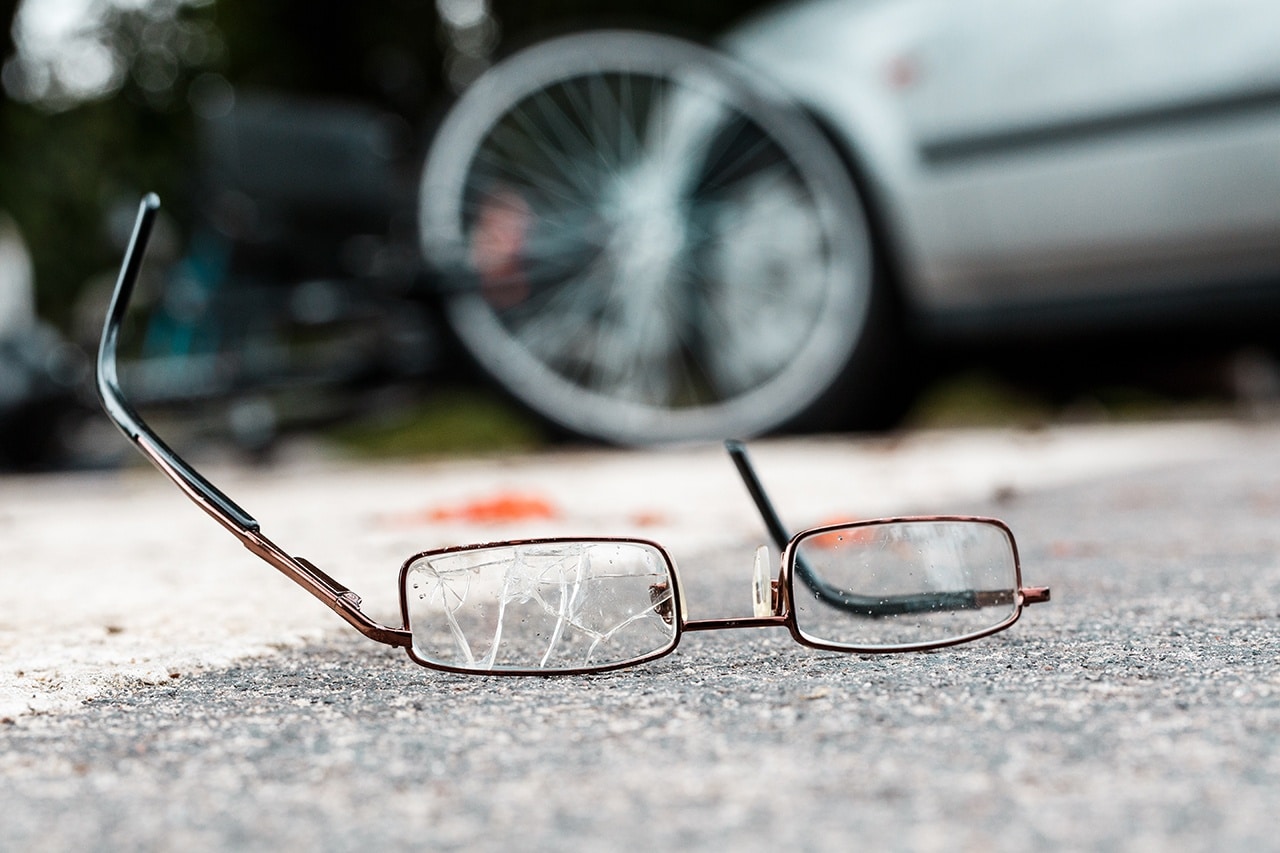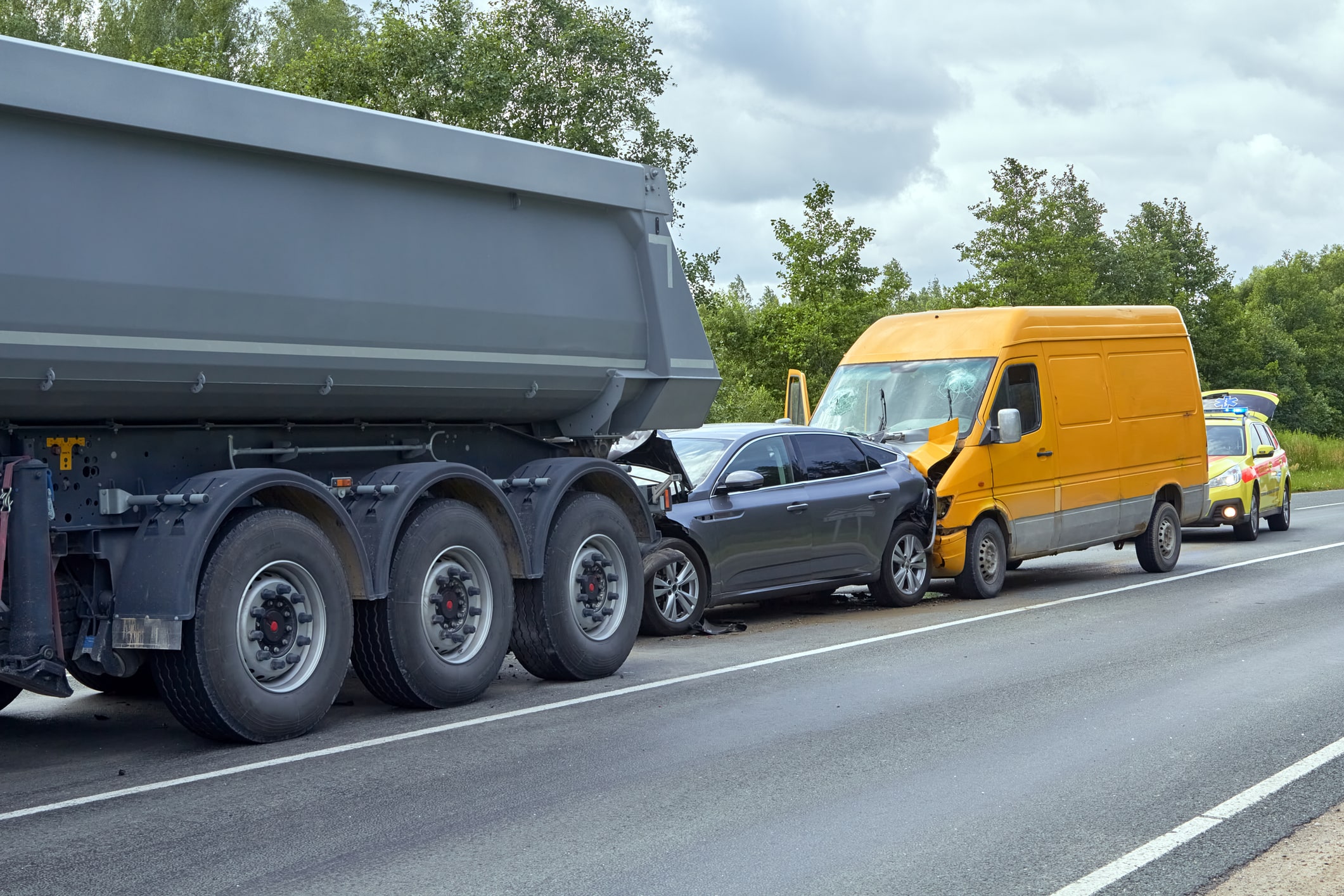What Should Be Done Immediately Following a Rear-End Collision?
While all car accidents can be overwhelming, it is important to remember to stay calm and keep a clear head. This advice will serve you well when assessing injuries, speaking to police, and speaking to insurance companies. The following represents additional steps to protect your claim further:
- Call 911: This is a mandatory step regardless of injury; however, it will initiate a medical response for any injured party. Medical attention is needed, even if you do not feel injured. This is because some injuries, such as a concussion or internal bleeding, may not be known until later. A police response is also necessary to direct traffic and for a formal police report that will be useful for future claims and insurance purposes.
- Document information: Be sure to get the name, address, phone number, and insurance information of the other driver involved. If the other driver is in a company vehicle or commercial truck, get the name and phone number of the company they work for. Also, be sure to get the name and phone number of any witnesses to the accident.
- Gather evidence: Take pictures of the accident scene, the damage to both vehicles, road conditions, or street signs. Note the location of any surveillance or traffic cameras that may have recorded the accident.
What are Common Causes and Injuries of Rear-End Collisions?
While many mechanisms may be responsible for a car accident, the most common is a rear-end collision. A rear-end collision involves a vehicle hitting the vehicle in front of it and is commonly caused by:
- Driver inattention or distraction
- Impaired driving
- Sudden stops
- Driver fatigue
- Tailgating
- Speeding
- Poor weather conditions resulting in slippery or icy roads
Common injuries resulting from this type of accident typically involve:
- Whiplash
- Lower back injury
- Spinal cord injury
- Traumatic brain injury
- Broken bones
How is Fault Determined in a Louisiana Car Accident?
Fault is determined based on the legal theory of negligence. Negligence is proven based on the establishment of the four following elements:
- Duty of care: You were owed a duty of care from the other driver for a reasonable expectation of safety. All drivers inherently possess this duty each time they are behind the wheel.
- Breach of duty: The duty of care expected from the other driver was not upheld.
- Causation: The breach of duty is responsible for the resulting accident and injuries, and without that breach, the accident would not have occurred.
- Damages: This is the monetary amount of loss you have endured as a result of the accident.
Comparative Fault
The State of Louisiana also uses a system of comparative fault, meaning that fault can be shared among multiple drivers, including yourself. Under comparative fault, the percentage of responsibility you are found to have for the accident will be reduced from the final damages award.
For example, if you are found to be 20% responsible for an accident and are awarded $100,000, then your total awarded damages will be reduced by 20%, and you will only receive $80,000.
Additionally, Louisiana allows for damages to be recovered even if a driver is 99% at fault for an accident.
Why are Following Drivers Presumed to be at Fault?
The law presumes that the following driver has liability for an accident for the following reasons:
- The following drivers are responsible for maintaining enough space between themselves and leading vehicles.
- The following drivers have more opportunities to anticipate and react to avoid a rear-end collision.
Exceptions to the previous assumptions involve the negligence of the leading driver, such as:
- The leading driver slams on breaks unexpectedly.
- The leading driver dangerously pulls out into traffic in front of a driver.
- The leading driver does not have functional brake lights or fails to turn on hazard lights after a mechanical failure or accident.
- The leading driver is reversing, which generally should not be done on Louisiana roads.
- The leading driver brake-checks the following driver to intimidate them.
What if You Are the Following Driver in a Rear-End Collision?
If you are the following driver and presumed to be responsible for an accident, you will need to prove you are not at fault. Some evidence that may prove helpful in your case includes the following:
- Photo of tire marks on the road, showing an attempt to slow down or stop quickly to avoid the accident.
- Cell phone records that demonstrate that the lead driver was distracted at the time of the impact.
- Witness accounts that corroborate your claim on what the lead driver was doing when the accident occurred.
- A police report may be helpful in revealing more clues about the lead driver’s cognitive state, witnesses, or other key details related to the case.
What Compensation Can Be Claimed From a Rear-End Accident?
Each case and damages will vary based on the unique circumstances surrounding the accident. Compensation may include but is not limited to the following:
- Medical costs to date
- Expected medical costs
- Loss of income
- Reduced earning potential
- Pain and suffering
- Diminished quality of life
- Vehicle and property damage
How Long Do You Have to File a Claim?
The statute of limitations is the timeline granted by the state to file a personal injury claim. The statute of limitations for personal injury in Louisiana is typically two years from the date of the accident, with few exceptions. Claims filed outside of this timeframe are usually barred from trial and recovery.
Do You Need to Hire an Attorney?
If you or a loved one have been involved in a rear-end collision in the State of Louisiana, you will have a limited time to act and must act with an experienced attorney who knows the law and can get the results you desire. Call Langrave Garcia Injury Attorneys at 337-242-7604 or fill out a contact form to schedule a free consultation.



